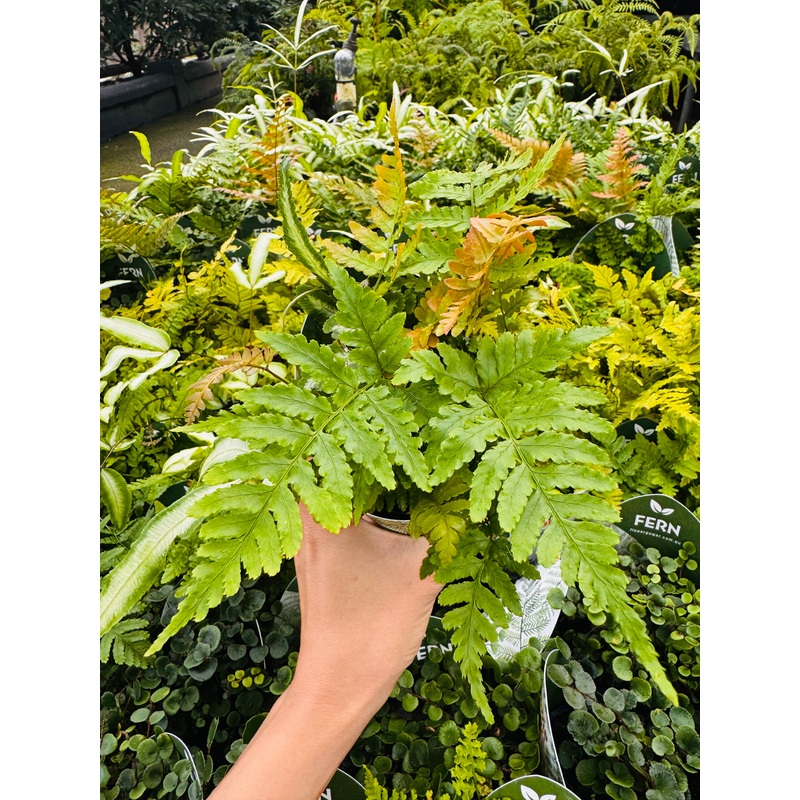 Sale!
Sale! Terra-Autumn Fern DRYOPTERIS ERYTHOSORA
- $18.00
- $14.40
Dryopteridaceae erythrosora, commonly known as the Autumn Fern, is a type of deciduous or semi-evergreen fern in the Dryopteridaceae family. It is native to East Asia, including Japan, China, and Korea.Plant Type: Category: Fern Growth Habit: Clumping, upr
- 100% Happiness Backed or Your Money Back
- Free Delivery on 30+ Orders
- 60-Day Hassle-Free Returns
Dryopteridaceae erythrosora, commonly known as the Autumn Fern, is a type of deciduous or semi-evergreen fern in the Dryopteridaceae family. It is native to East Asia, including Japan, China, and Korea.
Plant Type:
Category: Fern
Growth Habit: Clumping, upright, and spreading
Foliage: Coppery-red new fronds that mature into deep green
Hardiness Zones: USDA 59 (tolerates mild frost)
Ideal Growing Conditions:
Light: Prefers partial to full shade
Humidity: Prefers moderate to high humidity
Soil: Moist, well-draining, and rich in organic matter
Watering: Keep soil consistently moist but avoid waterlogging
Uses:
Popular for shade gardens, woodland gardens, and indoor fern collections
Adds year-round texture to landscapes
Suitable for container gardening
Autumn Fern (Dryopteris erythrosora) Care Guide
The Autumn Fern (Dryopteris erythrosora) is a beautiful, hardy fern known for its coppery-red new growth that matures into deep green fronds. It is a low-maintenance, shade-loving plant that thrives in gardens and indoor pots, making it a great choice for both beginners and experienced plant lovers.
1. Light Requirements
Best: Partial to full shade
Tolerates: Dappled sunlight
Avoid: Direct afternoon sun (can scorch leaves)
Tip: If growing indoors, place it near a north- or east-facing window for indirect light.
2. Watering
Keep the soil consistently moist but not soggy
Water when the top 23 cm (1 inch) of soil feels dry
Avoid overwatering, as it can lead to root rot
Tip: Water at the base to keep fronds dry and prevent fungal issues.
3. Humidity & Temperature
Prefers moderate to high humidity (4060%)
Ideal temperature: 1525C (5977F)
Avoid dry air, cold drafts, or sudden temperature changes
Tip: If indoors, use a humidity tray or occasional misting to keep fronds from drying out.
4. Soil & Potting
Use well-draining, rich organic soil
Best mix: 50% peat or compost + 50% sand or perlite
Avoid heavy, clay-like soil that retains too much moisture
Tip: Adding mulch around the base helps retain moisture and regulate temperature.
5. Fertilizing
Apply a balanced liquid fertilizer (half-strength) every 46 weeks during spring and summer
Avoid over-fertilizingexcess nutrients can harm the plant
Tip: Use an organic compost or slow-release fertilizer in garden beds for steady growth.
6. Pruning & Maintenance
Remove old, yellow, or damaged fronds to encourage new growth
Trim back in late winter or early spring before new growth appears
Tip: If the fern looks tired, cut back old fronds to allow fresh ones to emerge.
7. Repotting
Repot every 23 years or when roots outgrow the container
Best time to repot: Early spring
Tip: If the plant looks crowded, divide it into smaller sections and replant.
8. Propagation
Best method: Division
Divide the root ball during repotting
Replant sections in fresh soil, keeping roots moist
Does not propagate from leaf cuttings or spores easily indoors.
Cost:
$25
Free Shipping:
We offer free shipping on orders over $30. Please check the free - shipping eligibility at checkout.
Delivery Time:
It usually takes [3-5] business days for standard shipping. Please note that this is an estimated time frame and may be affected by local holidays, and unforeseen circumstances.


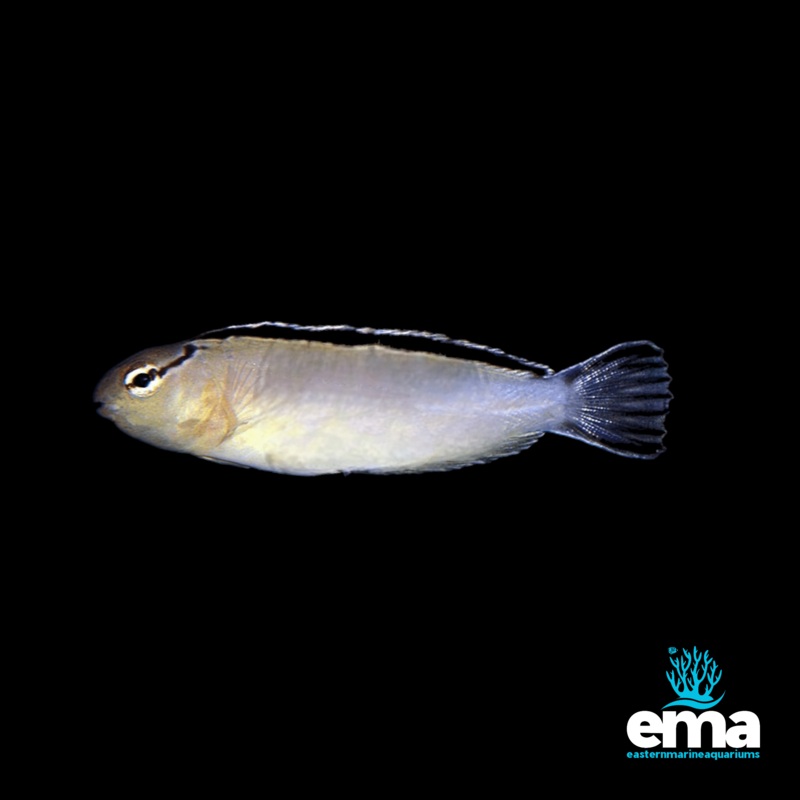
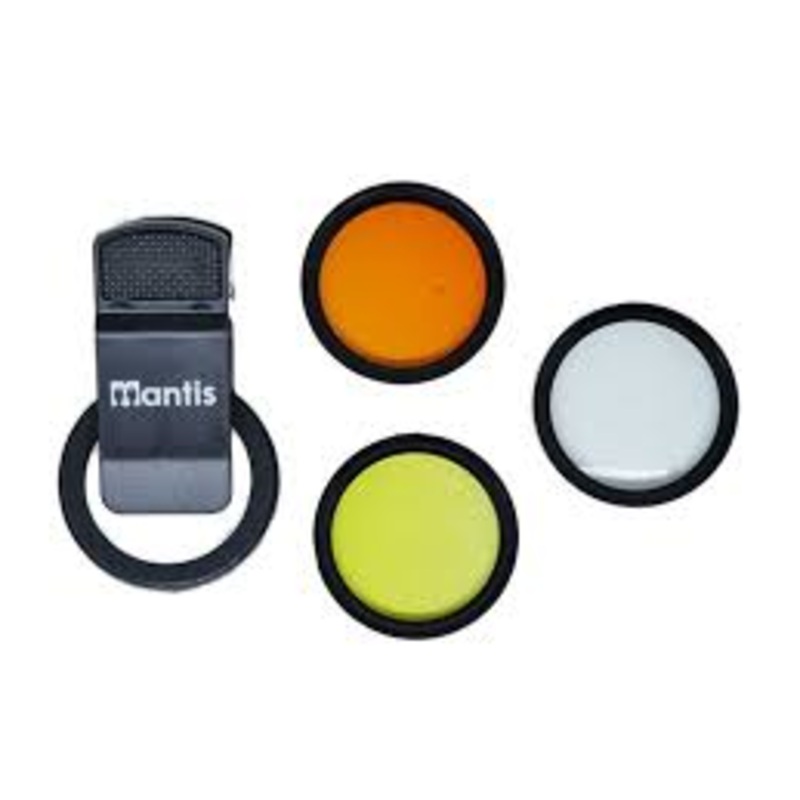
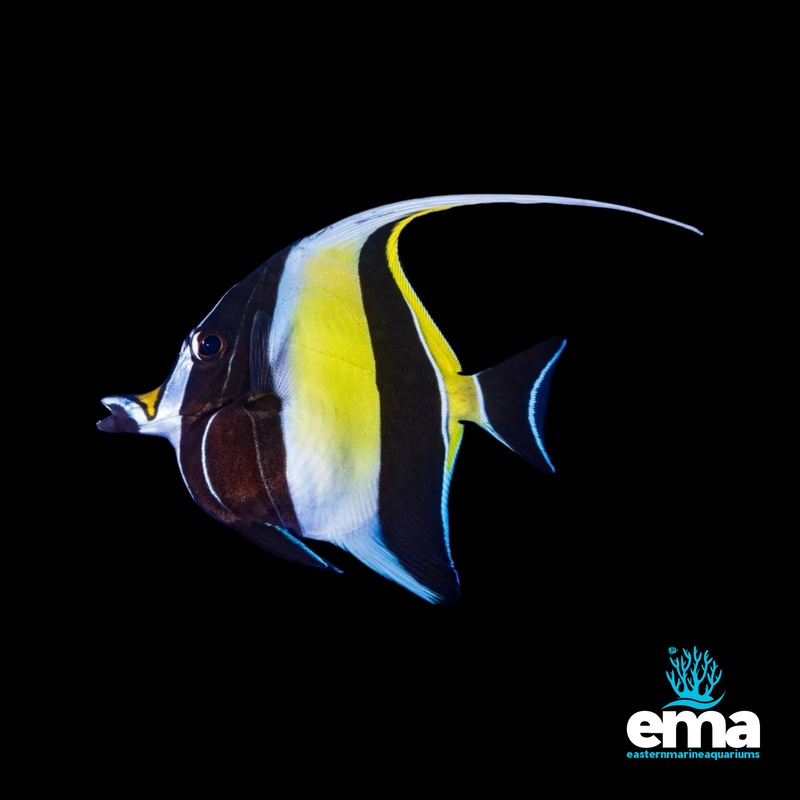
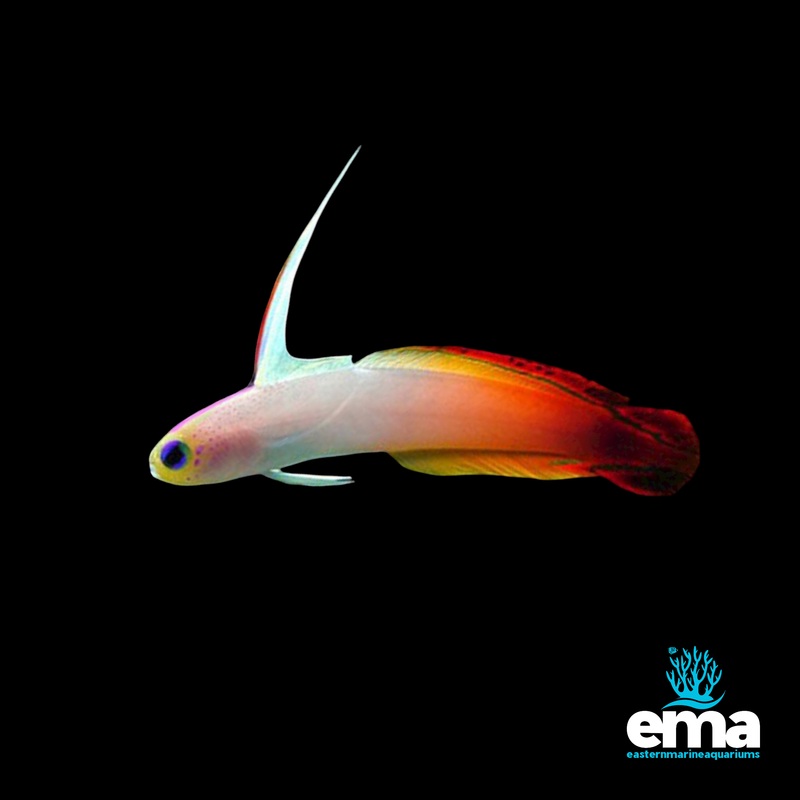
Reviews
There are no reviews yet.